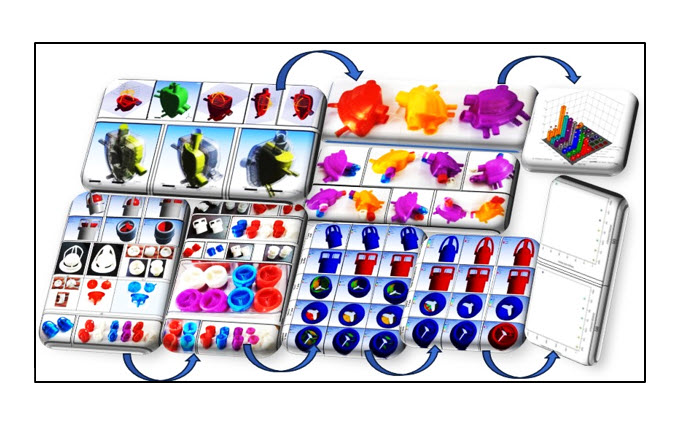Sat, Nov 30, 2024
[Archive]
Volume 20, Issue 4 (December 2023)
IJMSE 2023, 20(4): 1-16 |
Back to browse issues page
Download citation:
BibTeX | RIS | EndNote | Medlars | ProCite | Reference Manager | RefWorks
Send citation to:



BibTeX | RIS | EndNote | Medlars | ProCite | Reference Manager | RefWorks
Send citation to:
Ali A P D S M. Improvement of the Fatigue Life of 3D Printed Nano Soft Artificial Heart and Heart Valves. IJMSE 2023; 20 (4) :1-16
URL: http://ijmse.iust.ac.ir/article-1-3235-en.html
URL: http://ijmse.iust.ac.ir/article-1-3235-en.html
Abstract: (6318 Views)
In the present work, development models of a new artificial human soft heart and artificial heart valves using nanocomposite materials and synthetics were designed, manufactured, and tested. The fabricated mechanical artificial heart valves were examined to determine the best service life for each type. The fatigue life results were implemented by using the transient repeated and continuously applied blood pressure on each produced value to simulate diastolic and systolic that occur in the natural heart at each pulse cycle. The obtained results showed that a 3D printing of a new generation soft artificial heart for a permanent replacement was implemented as an alternative to the high-cost available temporary implant mechanical hearts, which may exceed the price by tens and hundreds of thousands of dollars, with a working life of not more than five years. The obtained fatigue safety factors for the produced artificial valves using different materials and designs were decreased with the complexity of the movement of the moving parts of the valve. The highest rates were obtained when using the valves with flat, simple movement in one direction like the single-leaflet type valve, where all the used materials are suitable for the production of this type of valve. The highest obtained safety factor was reached (15). The lowest rates were recorded when using the highly flexible and strong PSN4 nanocomposite material for fabricating the mitral tri-leaflet valve (thick. = 1.0 mm) reached 1.91. This value decreases to 0.99 when using the same type and material of valve but with a thickness equal to 0.5 mm. It can be noted here that the only suitable for the manufacture of this artificial valve type is the nanocomposite polyetherimide/ silicone rubber with nano silica (PSN4), whereas the other used materials failed because the fatigue factor values are less than 1. The service life span of this material is about 9200 x 106 cycles, which is equivalent to about 290 years, followed by SIBSTAR 103 with a default age of 209.6 x 106 cycles or 9 years.
Keywords: Artificial Caged Ball valve, Single-leaflet Heart Valves, Soft Artificial Hearts, Heart valves ANSYS simulation, 3D printing Valves
Type of Study: Research Paper |
Subject:
Testing, modelling, and in-process monitoring enable the development and qualification of processes
Send email to the article author
| Rights and permissions | |
 |
This work is licensed under a Creative Commons Attribution-NonCommercial 4.0 International License. |







